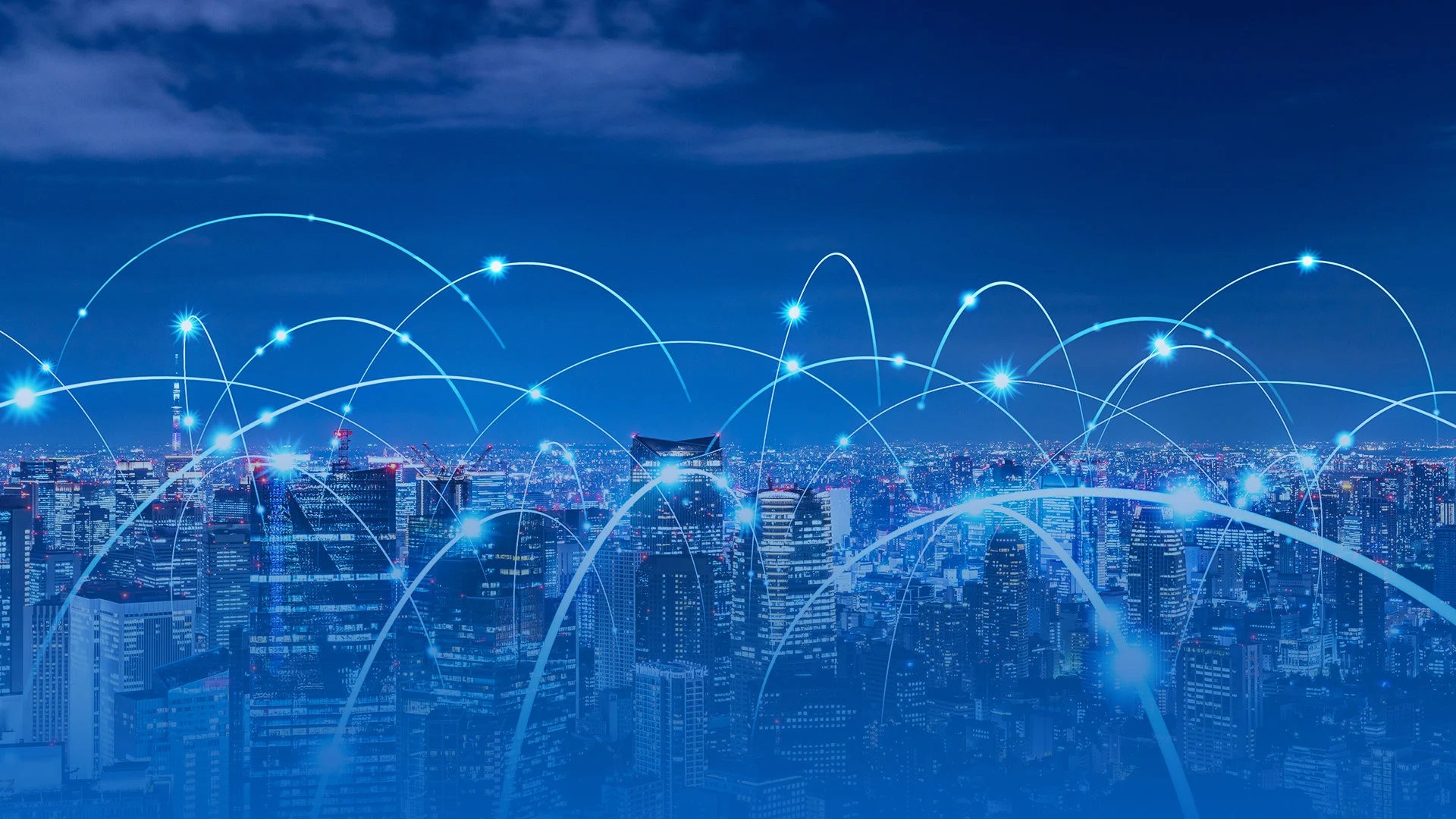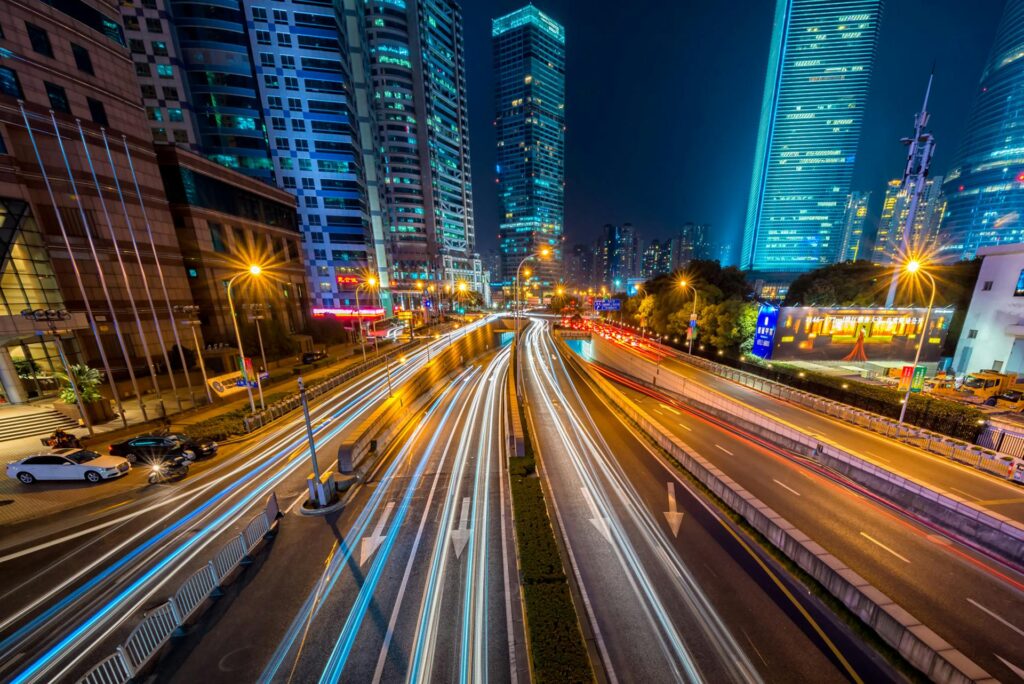Transforming Urban Life with Smart Technology
Smart cities are quickly transforming into the idealistic ideas to the necessity of the cities. Smart cities transform the ways in which citizens engage with their surroundings by implementing the latest technologies, including the Internet of Things (IoT), artificial intelligence (AI), and big data analytics. Such systems allow cities to be smarter and more efficient, less harmful to the environment, and make the city services more sensitive and responsive to the needs of the inhabitants.
Data-Driven Decision Making
The cities produce enormous volumes of data every day, including traffic and energy use, air quality and garbage, and so on. This information is processed through advanced analytics platforms in real time so that city officials can optimize the public services and predict future needs. To illustrate, AI-powered and IoT-powered traffic management technologies can decrease traffic jams by up to 30 percent, whereas smart waste management enhances the recycling process and decreases landfill discarded materials.
Connectivity and Infrastructure Innovations

The emerging 6G and 5G communication networks are next-generation networks that are critical to the functioning of smart cities. These are extremely high speed, low latency connections that can be used to promote smooth interaction between devices, autonomous vehicles, real-time public transport notifications, and improved emergency response systems. Smart grids help in the optimization of energy consumption by incorporating renewable energy and efficient distribution, which helps in the reduction of energy consumption in urban areas by a significant margin.
Sustainable and Resilient Urban Environments
Smart city initiatives revolve around sustainability. Smart sensing networks detect the environment and can react dynamically, e.g. turning on more street lights when there are more pedestrians about or controlling water supplies to avoid leakage. This adaptation in real-time creates resilient cities which can more effectively survive in climate challenges and also lower their carbon footprints.
Enhancing Public Safety and Healthcare
Smart surveillance systems and AI assist law enforcement in preventing crimes with a response time and predictive analytics. Moreover, remote health monitoring and smart hospitals enhance the accessibility of healthcare, shorten the wait time of patients, and maximize resource distribution. These innovations help in creating safer cities and healthier people.
The Human-Centered Approach

Although technology is the driver of smart cities, the success of the technology is determined by the ability of designing solutions that put the needs of the residents first. Citizen engagement, collaboration governance, and inclusive digital efforts can make sure that smart urban solutions are fair and social well-being is promoted. The vision of the city of the future is not just to be practical but also to develop a living and breathing city.
Looking Ahead
The AI, blockchain to manage data safety, digital twins to simulate the urban environment, and robotics to automate the routine tasks are only some of the technologies that will keep developing the smart city landscape. Those cities that adopt them will create a better environment that is more sustainable, intelligent and flexible, a characteristic of urban living in the coming decades.
To sum it up, the future of city life is being transformed by smart city technologies. Cities around the globe are becoming smarter, sustainable, and people-centric using data, connectivity and AI-driven services, and this is the future of making cities smarter and healthier.

